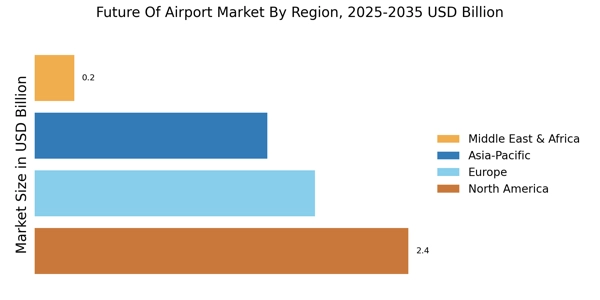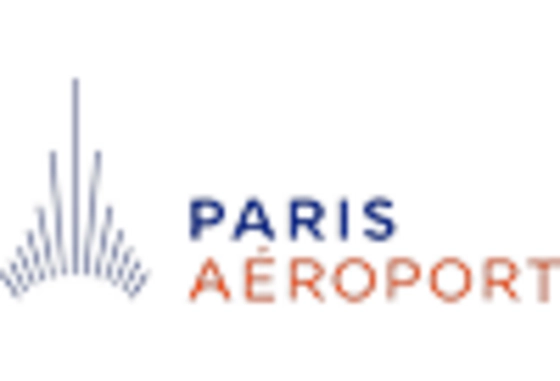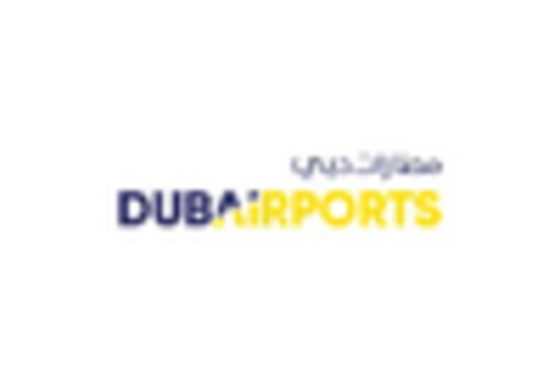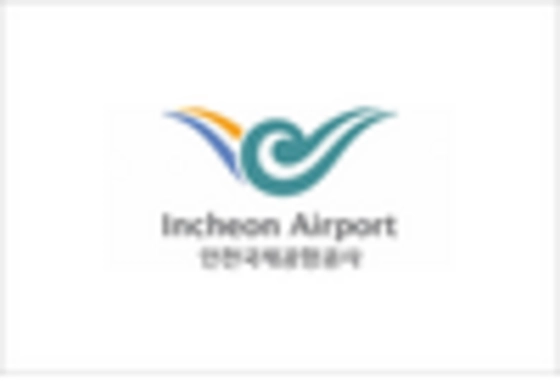Regulatory Changes
Regulatory changes are shaping the Future Of Airport Market in various ways. Governments are increasingly implementing policies aimed at enhancing security and safety standards at airports. These regulations may require airports to invest in advanced screening technologies and infrastructure upgrades. Furthermore, changes in international travel regulations could impact passenger flow and operational procedures. For instance, the introduction of new customs and immigration protocols may necessitate additional resources and training for airport staff. As these regulatory frameworks evolve, airports must remain agile and responsive to ensure compliance while maintaining operational efficiency. This dynamic environment suggests that regulatory changes will continue to play a crucial role in the future development of airport operations.
Sustainability Initiatives
Sustainability initiatives are becoming a cornerstone of the Future Of Airport Market. Airports are increasingly adopting eco-friendly practices, such as utilizing renewable energy sources and implementing waste reduction programs. For example, several airports have committed to achieving net-zero carbon emissions by 2030, which could significantly reduce their environmental footprint. Data indicates that airports investing in sustainable infrastructure may see a 15% increase in passenger satisfaction, as travelers increasingly prefer environmentally responsible options. Additionally, the shift towards electric ground support equipment is expected to reduce greenhouse gas emissions, aligning with global sustainability goals. This trend suggests that sustainability will play a pivotal role in shaping the future landscape of airport operations.
Technological Advancements
The Future Of Airport Market is increasingly influenced by rapid technological advancements. Innovations such as biometric screening, automated check-in kiosks, and advanced baggage handling systems are transforming airport operations. For instance, the implementation of facial recognition technology is expected to enhance security while expediting passenger flow. According to recent data, airports that have adopted these technologies report a 30% reduction in wait times. Furthermore, the integration of artificial intelligence in operational management is likely to optimize resource allocation, thereby improving efficiency. As airports strive to accommodate growing passenger numbers, these technological enhancements appear essential for maintaining operational effectiveness and ensuring a seamless travel experience.
Increased Air Travel Demand
The Future Of Airport Market is poised for growth due to increased air travel demand. As economies recover and disposable incomes rise, more individuals are likely to travel by air. Projections indicate that air passenger traffic could double by 2040, necessitating the expansion of airport infrastructure. This surge in demand may lead to significant investments in airport facilities and services, as stakeholders seek to accommodate the influx of travelers. Additionally, the rise of low-cost carriers is expected to make air travel more accessible, further driving demand. This trend indicates that airports must adapt to evolving market conditions to remain competitive and meet the needs of a growing passenger base.
Enhanced Passenger Experience
The Future Of Airport Market is witnessing a paradigm shift towards enhancing passenger experience. Airports are investing in amenities such as lounges, shopping, and dining options to create a more enjoyable environment. Recent studies indicate that airports focusing on passenger experience can increase their revenue by up to 20%. Moreover, the introduction of mobile applications for real-time updates and personalized services is likely to improve traveler satisfaction. As competition among airports intensifies, those that prioritize passenger experience may gain a competitive edge. This focus on customer-centric services suggests a transformative approach to airport management, where the traveler’s journey is at the forefront of operational strategies.


















Leave a Comment